
Stem Cells 2 Go
Japan has turned regenerative medicine into a regulatory free-for-all. Patients across the world could pay the price.
Recommendation
If you were offered an unproven treatment to make you feel younger or stave off illness, would you accept it? Proponents of stem-cell-based therapies are banking you would. This eye-opening article aims to raise awareness of the fact that in Japan and elsewhere, such therapies are becoming increasingly available despite concerns they are largely unproven and in some cases may be harmful. Will biomedical research ultimately prove them beneficial? This piece doesn’t offer a definitive answer, but it does raise important questions about standards of proof in the regulation of medical care.
Summary
About the Authors
David Cyranoski is a senior reporter for Nature in Beijing. Additional reporting by Brendan Maher.









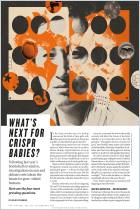
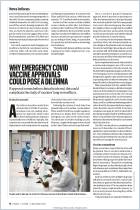

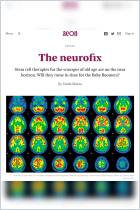


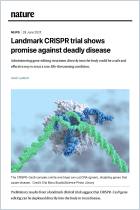



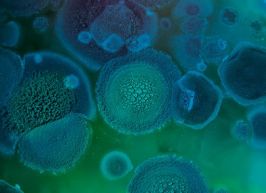
Comment on this summary or Start Discussion